Can you imagine seeing a great 17th century ship in almost perfect condition?
That is what you will discover when you enter the premises of the curious and surprising Vasa museum de Stockholm, riding a Sweden.
I already told you that he Vasa museum is, without a doubt, a essential visit trust your trip to Stockholm.
All the information in detail
Where is the Vasa museum
When you get to the Djurgarden Island, where the Skansen open air museum or Grona Lund amusement park, the exterior physiognomy of the building Vasa museum It already anticipates that something unusual you are going to see inside.
Indeed, the building was built in its day to shelter the impressive Vasa, a wooden galleon measuring 69 meters from bow to stern that was built in the year 1628 .
At that time it was about largest warship among those that had been built until then.
But as incredible as it may seem, in August of that year, the first day that the Vasa was setting sail from the port of Stockholm, a strong gust of wind displaced it until it sank at the mouth of the port.
Curiosities history of the Vasa ship in Stockholm
The Vasa was commissioned by the King Gustav II Adolf during the Thirty Years' War, with the aim of becoming the most powerful warship in the Swedish fleet.
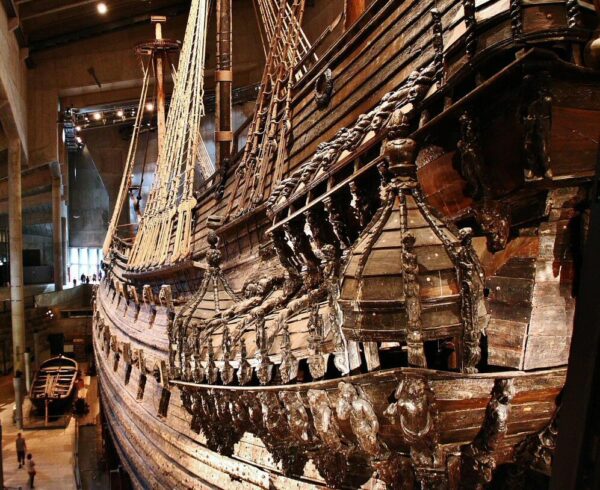
The order fell to the master builder's shipyard Henrik Hybertsson and his assistant Hein Jacobsson and the ship's design reflected the typical style of warships of the time, with two full gun decks.
What were the dimensions of the Vasa?
The Vasa had a longitud of 69 meters and a width of 11 meters, with a total height of 52 meters from the keel to the tip of the mainmast.
I had ten sails and up to 64 cannons, which made it an impressive war machine capable of projecting Swedish influence in the Baltic Sea.
How and why the Vasa sank
But how could it be possible that this one sank like this? Titanic military of the time?
This was because when its construction was very advanced, the then king of Sweden requested that one more row of cannons be installed on the galleon.
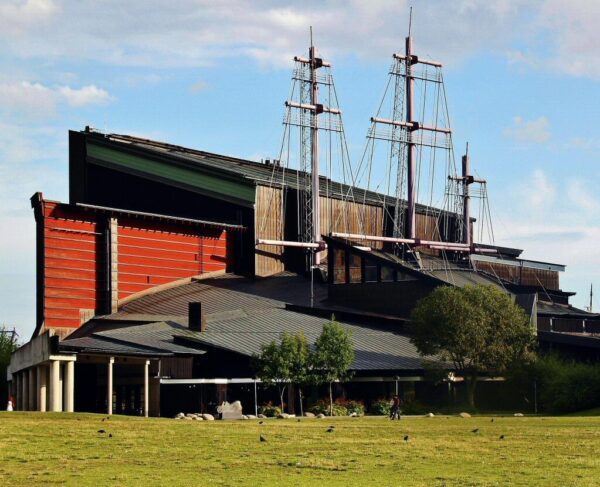
This change in the initial project had as a consequence the modification of the weight levels of what was going to be the largest ship in the Swedish Navy.
The boat was too heavy and not balanced enough, making it difficult to remain stable in the water.
In addition, excessively heavy decorations, such as sculptures and multiple decorative cannons on the upper decks, were added, which further contributed to its instability.
An attempt was made to compensate for this imbalance by loading a ballast of up to 120 tons of stones on the bottom of the ship.
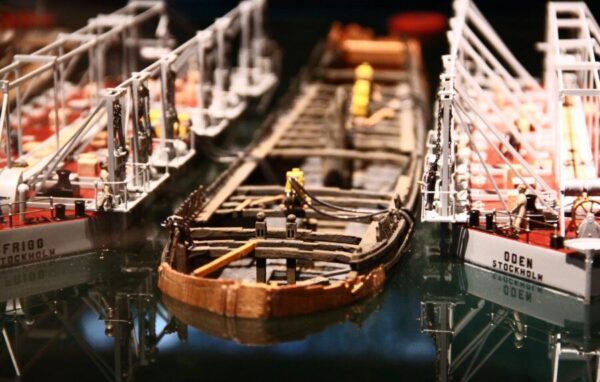
But as we have mentioned, on August 10, 1628, the day of its inauguration, the Vasa prepared to set sail from the port of Stockholm.
The crowd watched expectantly as the imposing ship took to sea in a light breeze.
However, as the wind increased, the Vasa tilted dangerously to one side.
Before anything could be done to correct the situation, a gust of wind caused water to enter through the open portholes.
ORGANIZE your TRIP
- Don't forget your TRAVEL INSURANCE with a 5% discount
- Book the HOTEL for your trip
- RENT a CAR for your trip
- The best TOURS and EXCURSIONS in Spanish
- NO-LINE TICKETS for museums and monuments
- Best FREE TOURS around the world
- Book your TRANSFER from the airport
- eSIM card with INTERNET at the best price
The ship sank in just a few minutes, just 1.300 meters from the port, taking the lives of at least 30 people with it.
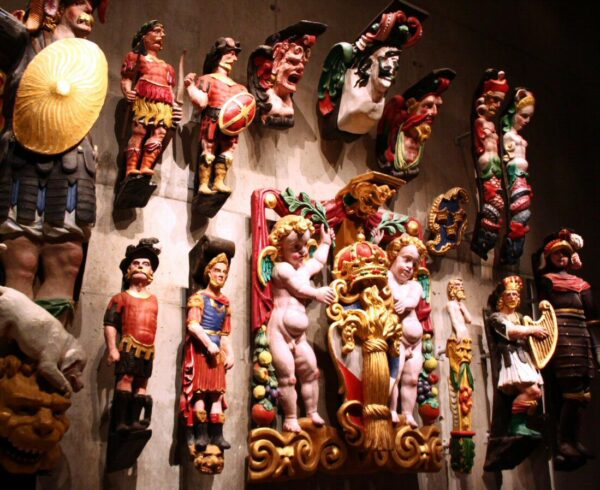
When and how the Vasa was refloated
It seems almost incredible that 333 years later, in april 1961, the ship could be refloated.
This was possible thanks to the fact that its wood had not deteriorated over time due to the low salinity of the Baltic Sea and the almost non-existence of a characteristic mollusk that usually eats it.
This recovery was due to the initiative of Anders Franzen, a researcher who was enthralled with the history of the vasa, and that during the 50s he spent several summers trying to locate it.
Curiously, the resistance of Vasa was put in danger after refloating it, with the danger of the wood cracking.
Therefore, for several years the Vasa It has had to be sprayed with special waxes that have allowed it to be preserved.
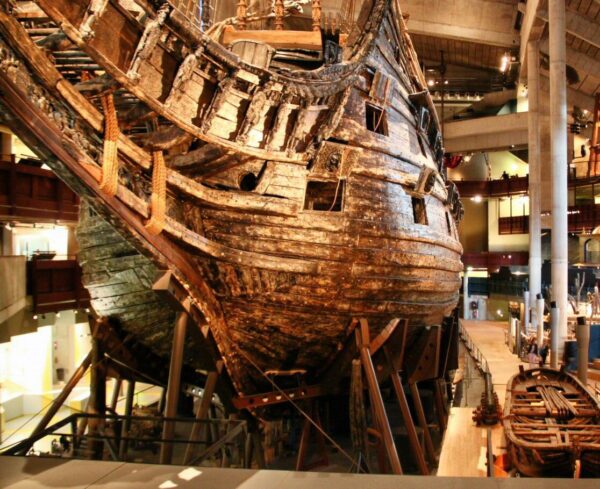
What to see when visiting the Vasa Museum in Stockholm
Now you have the opportunity to see the only ship that exists from the 17th century in person in a museum that was built specifically for the ship, and for that purpose.
I tell you that you will be surprised by the perfect preservation of the Vasa, with the 90 percent of the original structure.
At Vasa museum You should start by watching the very interesting documentary that tells you about the ship history and that includes images of the laborious recovery process.
Here you can buy tickets to visit the Vasa museum with audio guide in spanish, or sign up for one guided tour of Stockholm's historic center with guide in English, which includes a visit to the museum
You will also see on display some of the most 4.000 objects recovered from the sinking of the Vasa, among which the numerous colored sculptures that were distributed throughout the hull of the ship.
Vasa Museum visit schedule in Stockholm
The Visiting hours of the Vasa museum in Stockholm They are, from June to August, every day from 8,30:18 a.m. to 10 p.m.; and from September to May, from 17 a.m. to 20 p.m., except on Wednesdays, when it closes at XNUMX p.m.
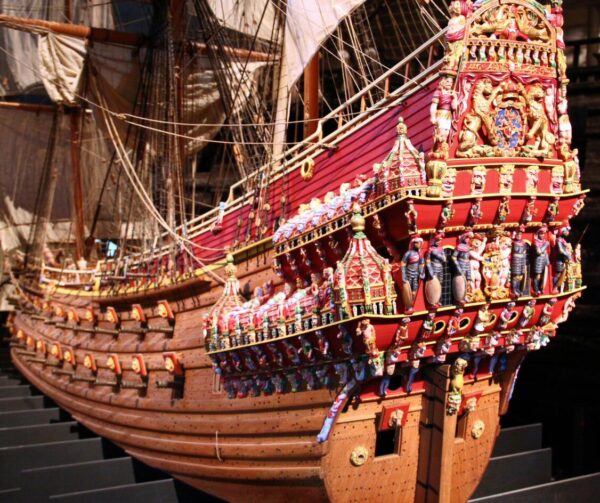
Vasa museum ticket prices
The ticket prices to visit the Vasa museum The general price, from May to September, is 190 Swedish crowns (16,40 euros), and free admission for children and young people up to 18 years old.
The rest of the year, the general admission price is 170 crowns (14,66 euros).
La visit of the Vasa museum It is included among the 60 visits to museums, monuments and attractions that the Stockholm Pass tourist card.


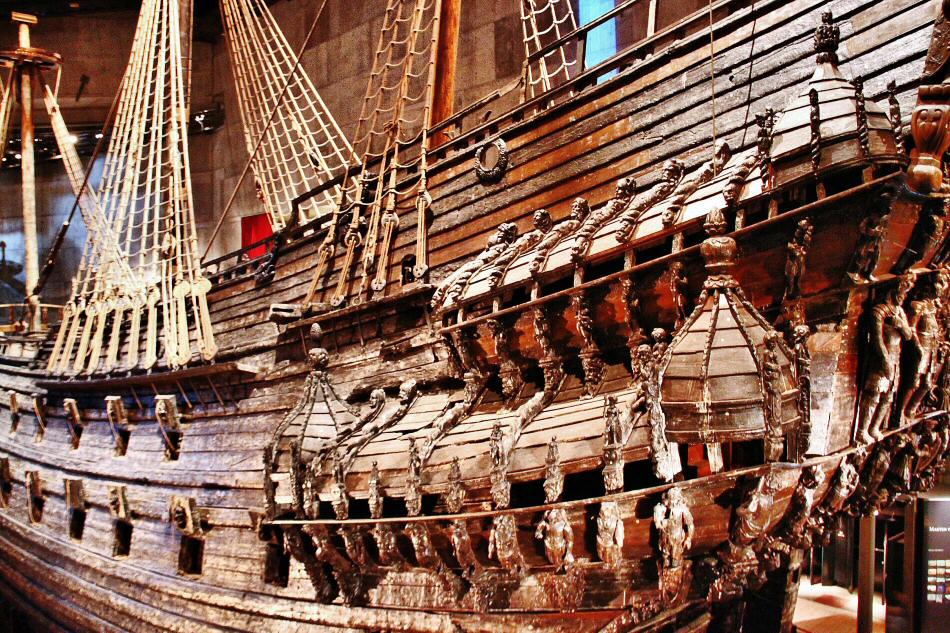








I want to know how long the visit to this museum lasts?
Awesome! Even more impressive because she sank the first day!
regards